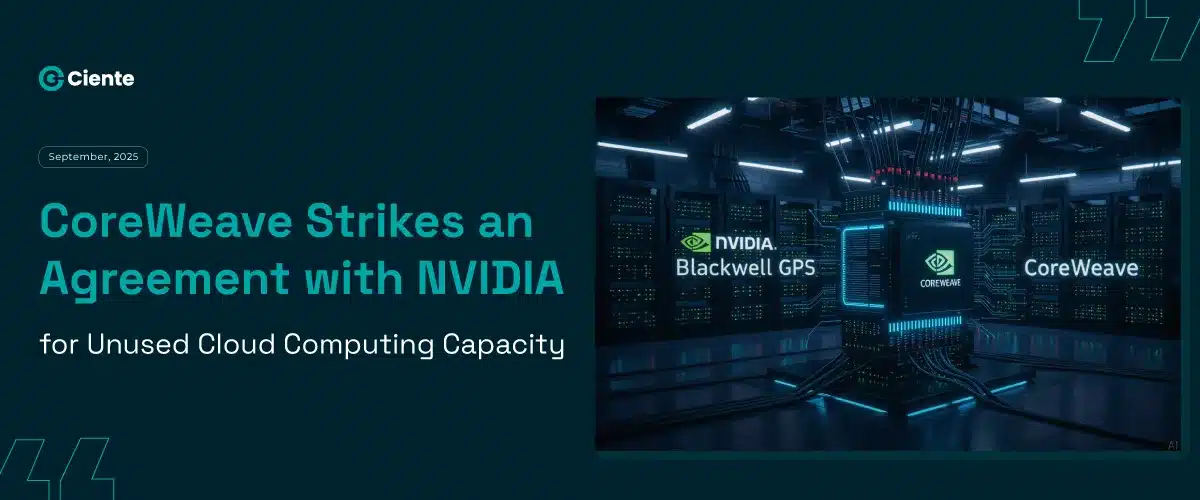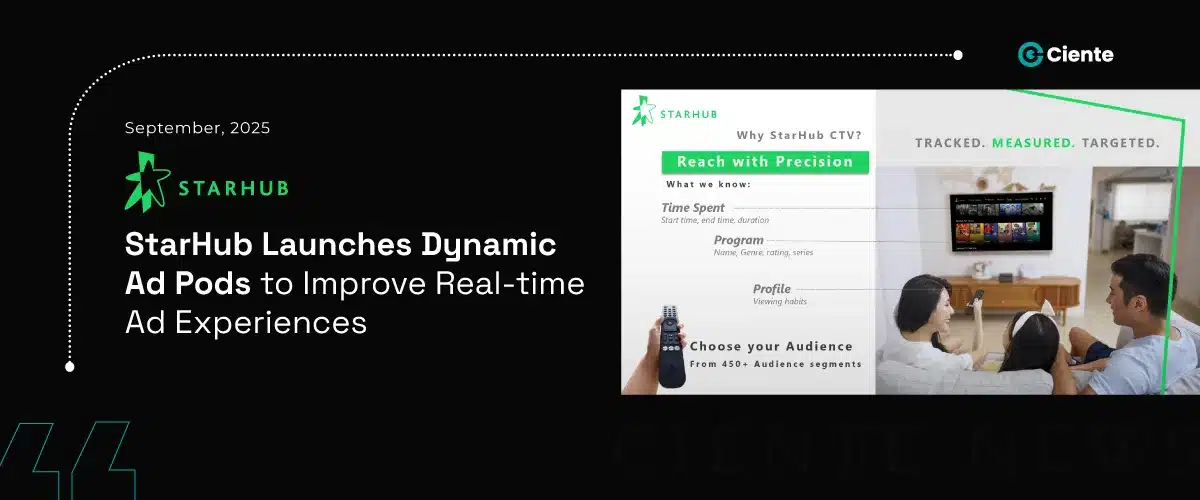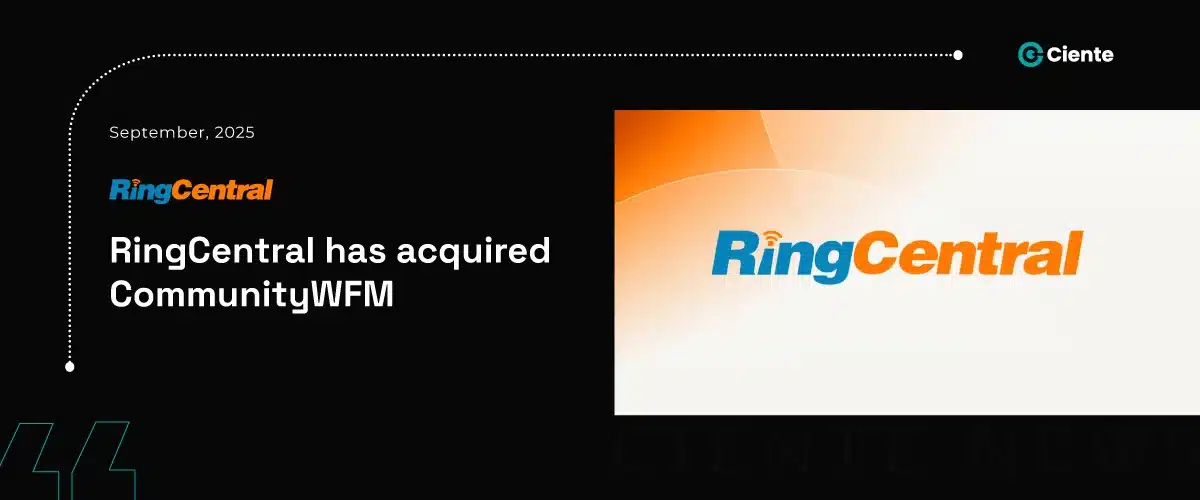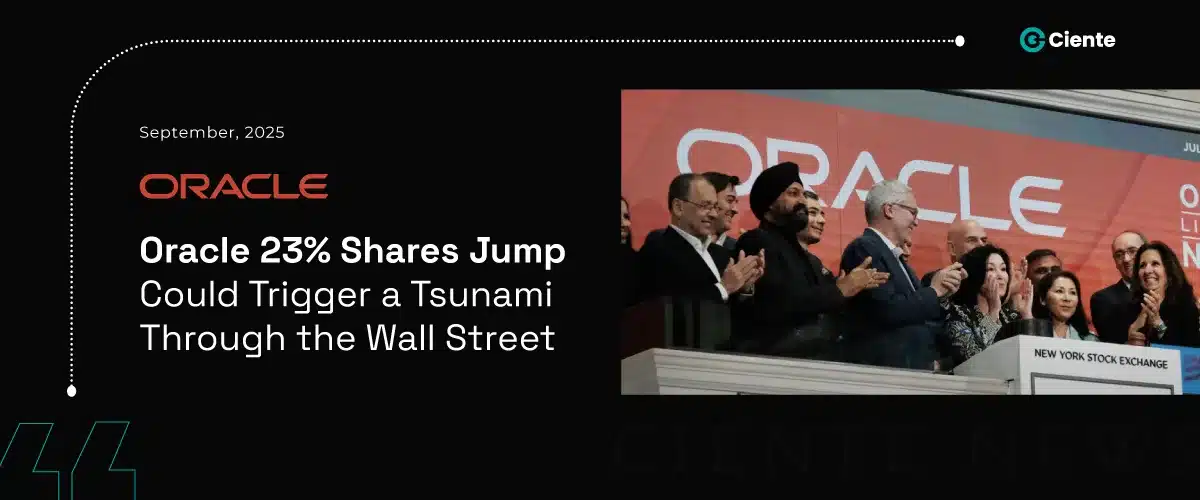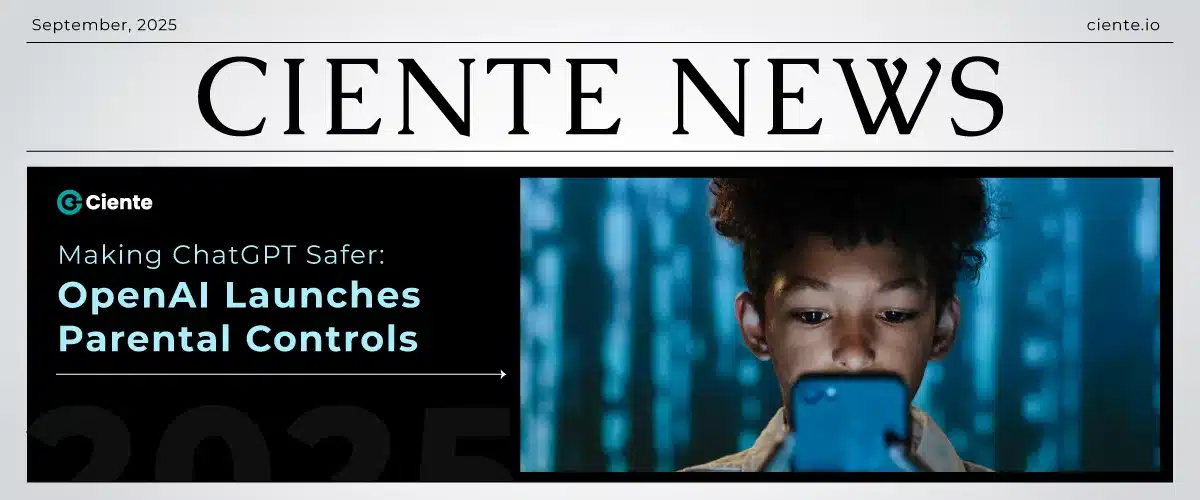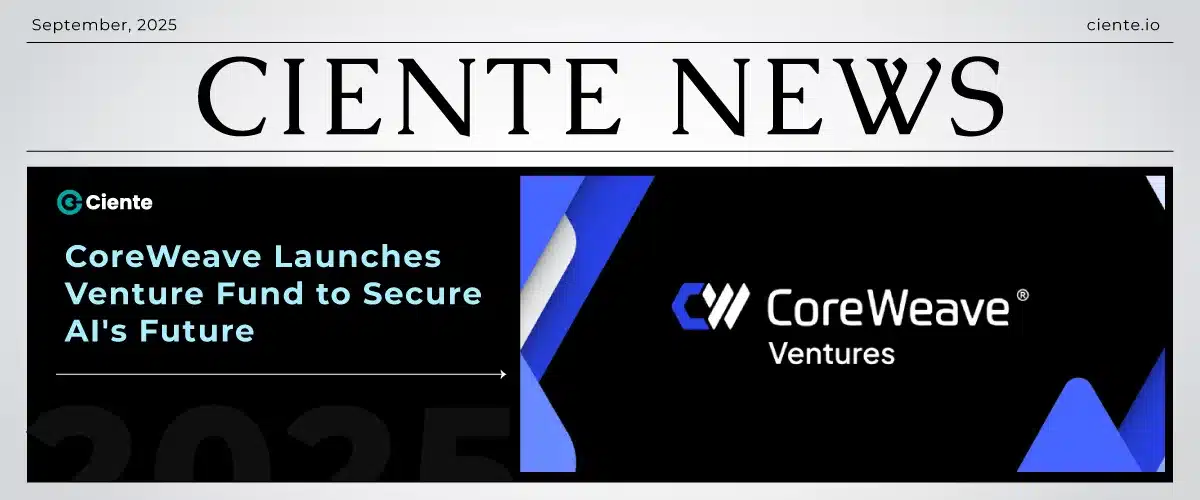CoreWeave Strikes an Agreement with NVIDIA for Unused Cloud Computing Capacity
Will CoreWeave’s latest ascent and Nvidia-partnership prove an opportunity to play for the major leagues, or will it turn into a one-hit wonder?
CoreWeave’s stocks have soared over 20% in the last week. A key contributor to this shift is its recent partnership with Nvidia.
Nvidia can purchase CoreWeave’s unutilized cloud capacity through 2032 as per the initial $6.3 billion agreement. In alternative terms, the leading chip maker is obligated to buy CoreWeave’s unsold cloud computing space if its data centers remain underutilized by its customers.
The alliance has set the shares of the cloud platform soaring.
Speculations divulge that the AI infrastructure company could witness gains due to its contracts with major tech players. And after it unlocks the shell capacity shrouded from the customers.
The surging demand for AI infrastructure remains at the nucleus. It’s obvious, but citing it remains fundamental to the market push and pull. The recent contractual announcements have been solid proof of the insatiable demand. This is where CoreWeave stands, at the very center.
The demand is fueling the cloud company’s shares, which have been consistently rising 7% during intraday trading since Monday. And has even gained 200% after going public this year.
Industry checks actively position CoreWeave as the frontrunner in delivering GPU capacity at scale. And Deutsche Bank seems to be its major supporter at the moment as it adds the company to its Catalyst Call Buy Idea List.
The bank confidently signs off, stating that CoreWeave will experience an upward revision in its revenue, at least by 174%, data analysts assert.
But will CoreWeave’s instant surge be able to make up for the loss it has been witnessing, a net loss of $1.1 billion over the last 12 months?
The huge AI contracts may propel it forward and establish it as a key participant in AI initiatives- a part of the major leagues. But could it become profitable in the long term and play neck to neck with its rival, Nebius?

